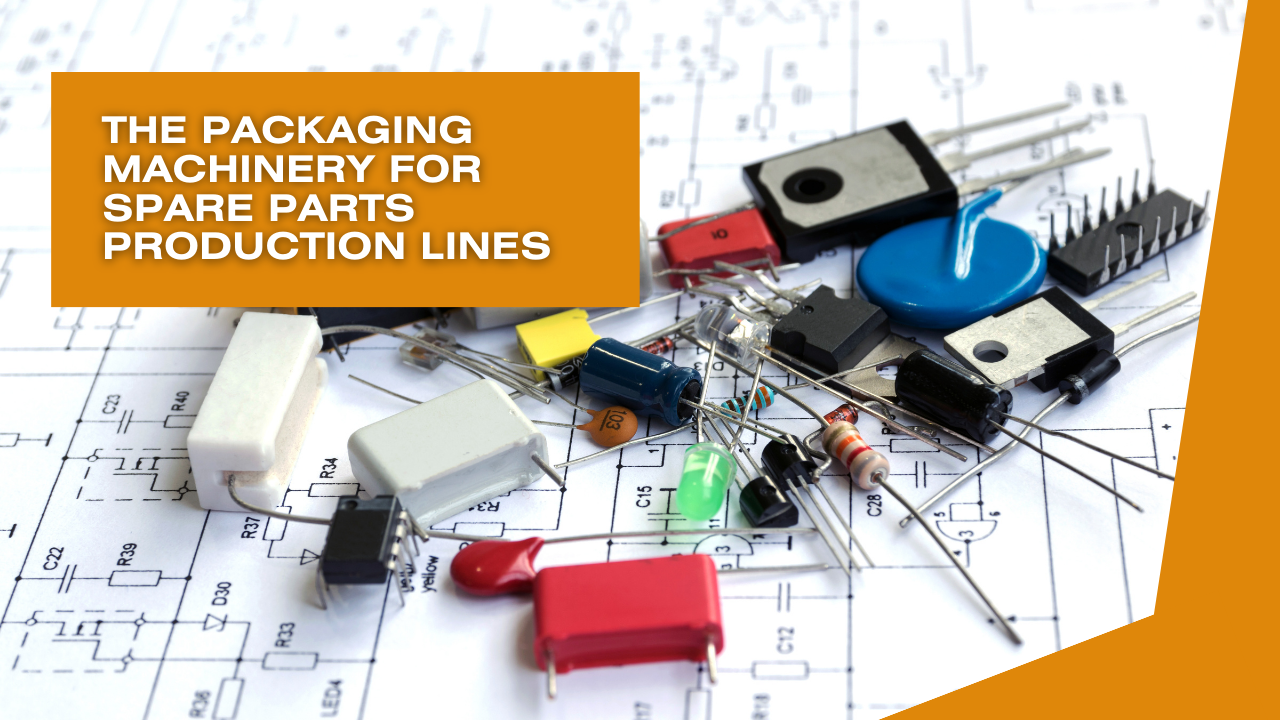The Packaging Machinery for Spare Parts Production Lines
2025-01-14
The Packaging Machinery for Spare Parts Production Lines
In modern manufacturing, the efficient and accurate packaging of spare parts is crucial for maintaining operational efficiency and meeting customer demands. The packaging machinery used in spare parts production lines plays a vital role in ensuring that components are safely and effectively packed, ready for distribution.
Types of Packaging Machines
Automatic Filling Machines: These machines are designed to accurately fill containers with spare parts. They come in various configurations depending on the type of parts being packed, such as bulk parts or individually packaged components. Automatic filling machines enhance efficiency by reducing manual handling and minimizing errors in the filling process.
Sealing Machines: After filling, spare parts need to be sealed to protect them from contamination and damage during transit. Sealing machines use heat, pressure, or adhesives to close packages securely. The choice of sealing method depends on the packaging material and the type of spare parts being packaged.
Labeling Machines: Accurate labeling is essential for identifying and tracking spare parts. Labeling machines apply labels to packages, providing information such as part numbers, barcodes, and handling instructions. These machines can be integrated with other packaging equipment to streamline the process and ensure consistency.
Wrapping Machines: For parts that require additional protection, wrapping machines can be used. These machines apply protective materials such as shrink film or stretch wrap around the components. Wrapping helps to safeguard the parts from dust, moisture, and mechanical damage during storage and transportation.
Case Erectors and Packers: These machines are responsible for forming and filling cases or boxes with spare parts. Case erectors automatically assemble cases from flat cartons, while packers load the filled containers into these cases. This automation helps to speed up the packing process and reduces manual labor.
Conveyor Systems: Conveyor systems transport spare parts through various stages of the packaging process. They ensure a smooth and continuous flow of parts between different machines, reducing handling time and improving overall efficiency.
Key Considerations for Choosing Packaging Machinery
When selecting packaging machinery for a spare parts production line, several factors need to be considered:
Type and Size of Parts: The machinery must be compatible with the dimensions and nature of the spare parts being packaged. Customizable or adjustable machines may be required for varying sizes and types.
Production Speed: The packaging equipment should match the production speed requirements to keep up with the manufacturing pace and prevent bottlenecks.
Automation Level: The level of automation desired will affect the choice of machinery. High levels of automation can improve efficiency and consistency but may require a higher initial investment.
Integration with Existing Systems: The packaging machinery should be compatible with existing production and logistics systems to ensure seamless operation.
Maintenance and Support: Reliable maintenance and support services are crucial for minimizing downtime and ensuring the longevity of the machinery.
